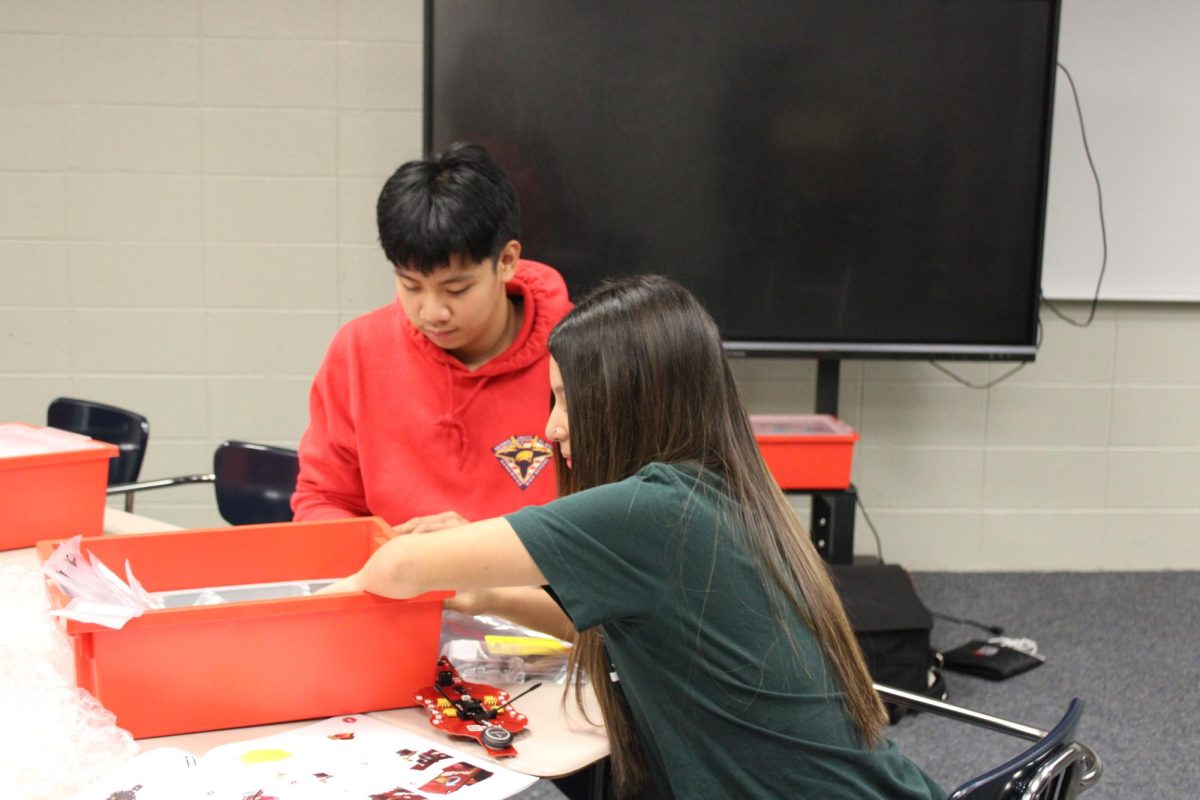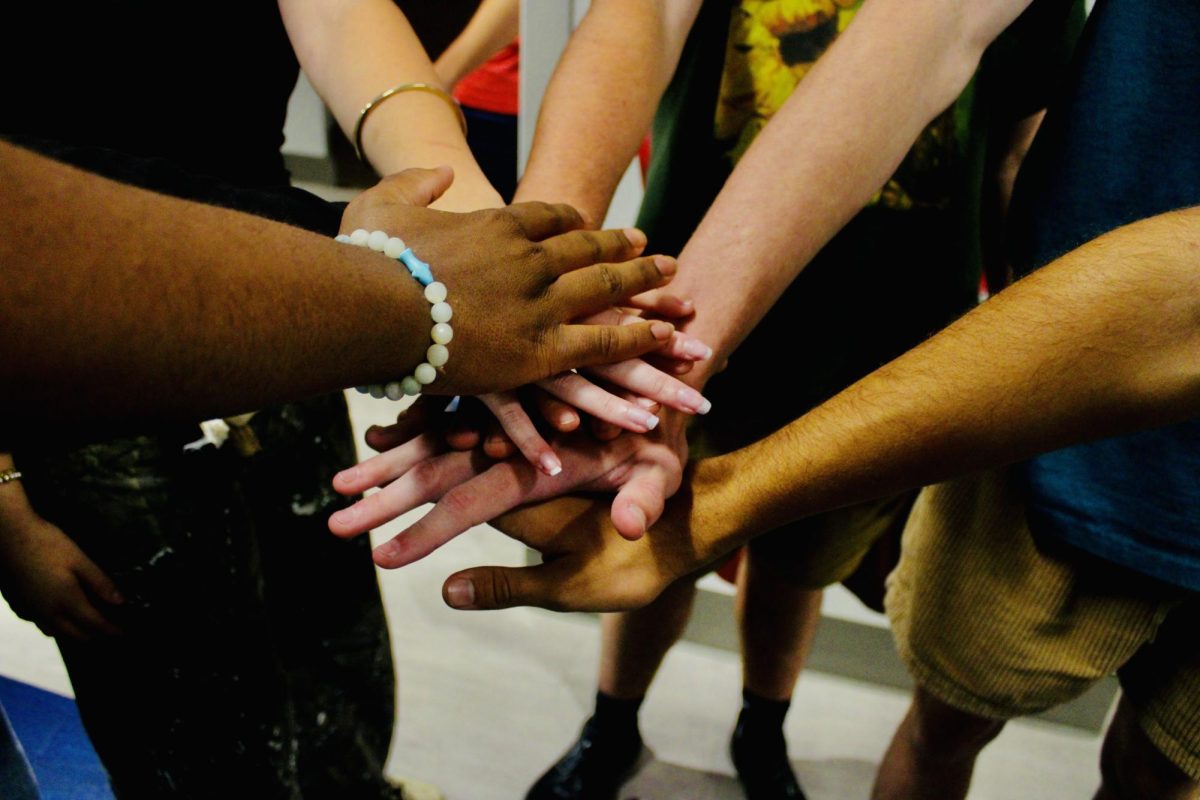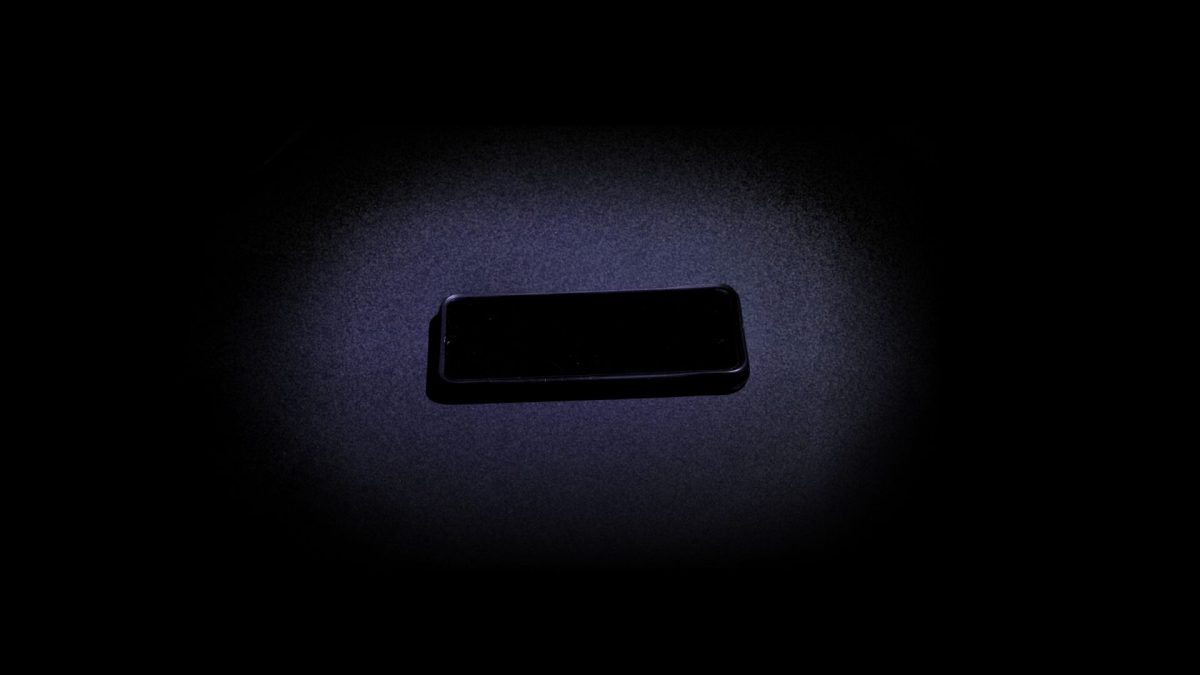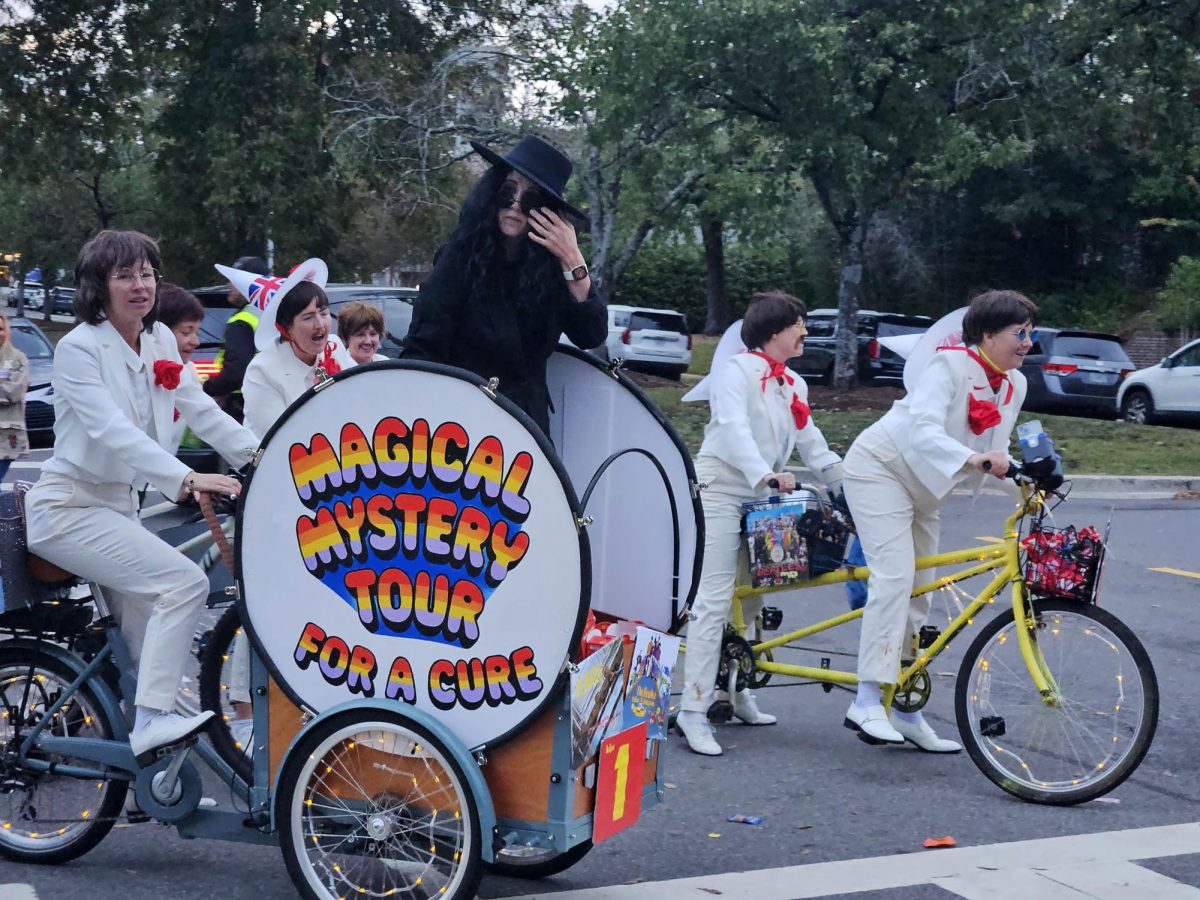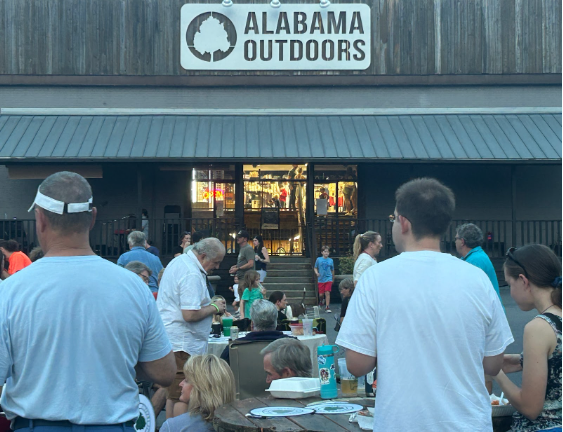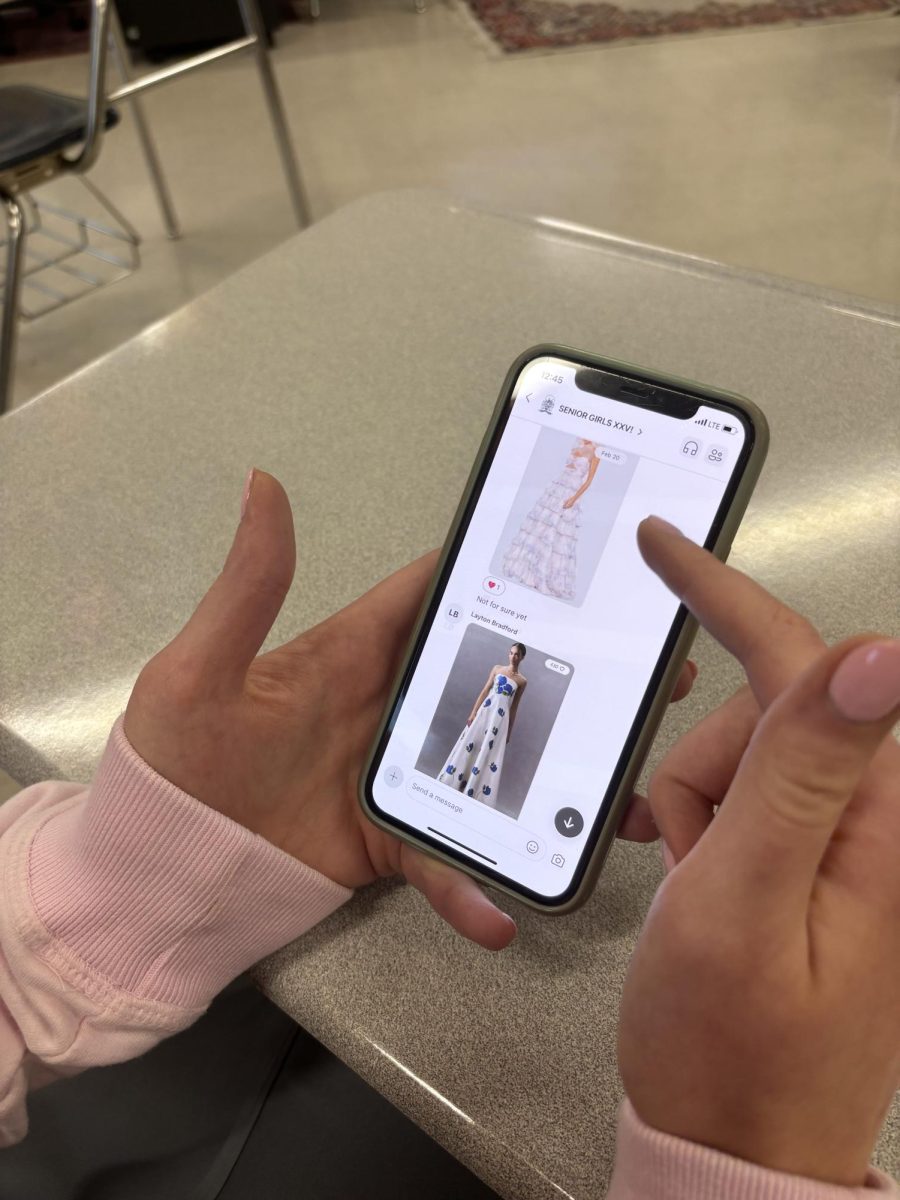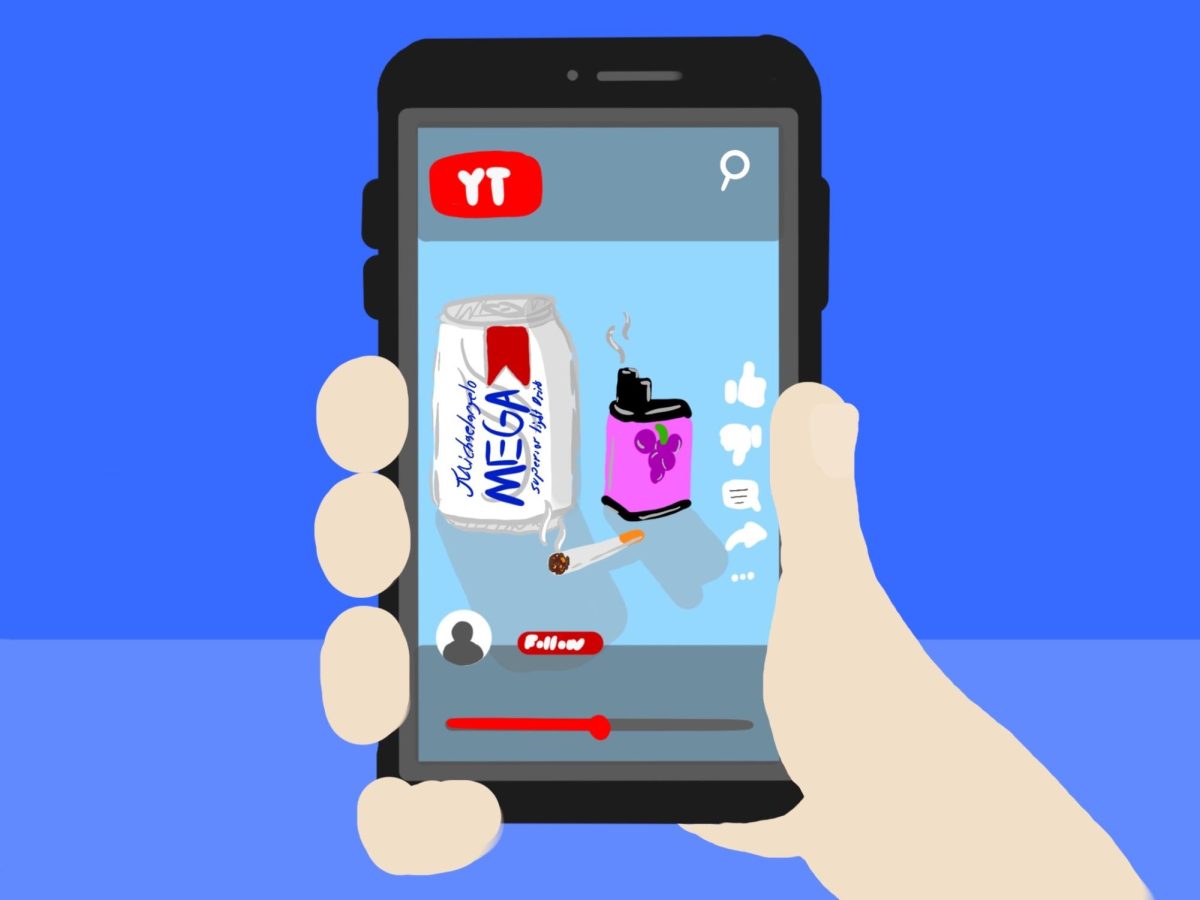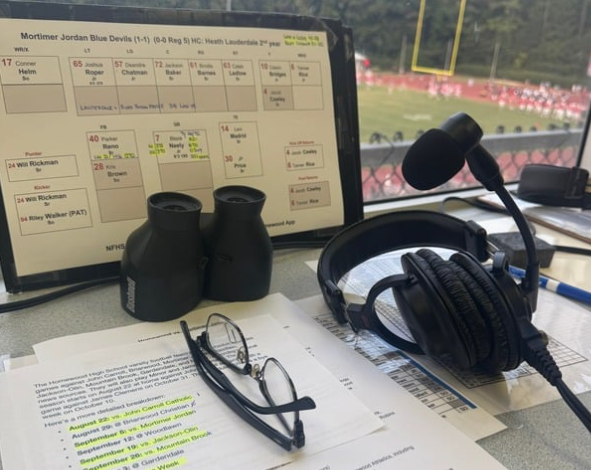While the immediate health risks of nicotine addiction are well-documented, experts are increasingly concerned about the connection between social media glorification and teen mental health. Emerging research suggests a correlation between exposure to this type of content and rising rates of mental illness and addiction.
From cigarettes to Zyns and electronic vapes, nicotine products are experiencing a troubling resurgence among young people, partially fueled by a constant stream of online content that glamorizes and normalizes their use.
The National Center for Health Research found that 94% of 13-17 year olds use YouTube or other social media platforms where they’re exposed to this kind of content. Furthermore, according to the American Psychological Association, 41% of teens with high social media usage rate their overall mental health as poor or very poor, which can lead to substance use as well.
“There are three broad reasons teens choose to use substances,” said Carrisa Anthony, Prevention and Development Coordinator for Homewood City Schools. “The first broad category is wanting to deal with difficult emotions…[like] anxiety.”
Part of the issue lies in the constant exposure to content portraying substance use as a symbol of rebellion or a way to escape reality. Influencers, often with large underage audiences, play a significant role in this trend. Big names like David Dobrik, Tana Mongeau and Jake Webber, known for their party-centered videos, frequently feature alcohol and nicotine use, further normalizing these behaviors.
Webber’s videos “We threw another party” (2.3 million views) and “We threw a Halloween Party” (1.8 million views) include heavy nicotine use. Alix Earle, who has 7.3 million TikTok followers, posted a video series titled “24-hour party for Sally’s 24th bday,” glorifying a party marathon with an IV hydration intermission due to the high volume of alcohol they consumed.
Content like this can appear on a user’s feed, even if they do not subscribe to the posting accounts. Senior Eric Davidson acknowledges the impact this could have on younger social media users.
“[I see] a lot of drinking and drug use [online], I don’t think that’s a good thing for [younger people] to see,” he said.
An unnamed HHS student claimed “nine out of 10” of their friends vape. This sentiment reflects the common feeling among young people that nicotine use is the norm.
The reality of underage nicotine addictions is far more nuanced, however. According to the FDA, in 2024, 10.1% of high school students use cigarettes, 5.9% use E-cigarettes and 1.8% use nicotine pouches.
These statistics suggest that, despite the existence of a problem, the majority of high schoolers are not using nicotine. Anthony agrees.
“The reality is, if we look at [the statistics], everybody is not doing it,” Anthony said.
This illusion that everyone is vaping is often created and reinforced by social media.
Another senior, Ashley Martinez, said “Everything is a choice, but I think [social media] definitely influences them.”
Research done by Johns Hopkins Medicine concludes that “Nicotine is a toxic substance. It raises your blood pressure and spikes your adrenaline, which increases your heart rate and the likelihood of having a heart attack.”
There are many unidentified chemicals in vapes, and other evidence suggests that nicotine may be as addictive as heroin and cocaine.
HCS offers programs to support students who need help. According to the Birmingham Health District Partnership and Smoking Policy, minors can obtain nicotine patches from their doctor as a prescription for nicotine replacement therapy.
The rise of nicotine use among young people is a complex issue fueled by the powerful influence of social media and the desire to fit in. While the statistics may not reflect the perceived reality, the potential health consequences are undeniable. By understanding the factors driving this trend and providing resources for prevention and treatment, schools and communities can work to break the nicotine illusion and protect the health and well-being of future generations.

